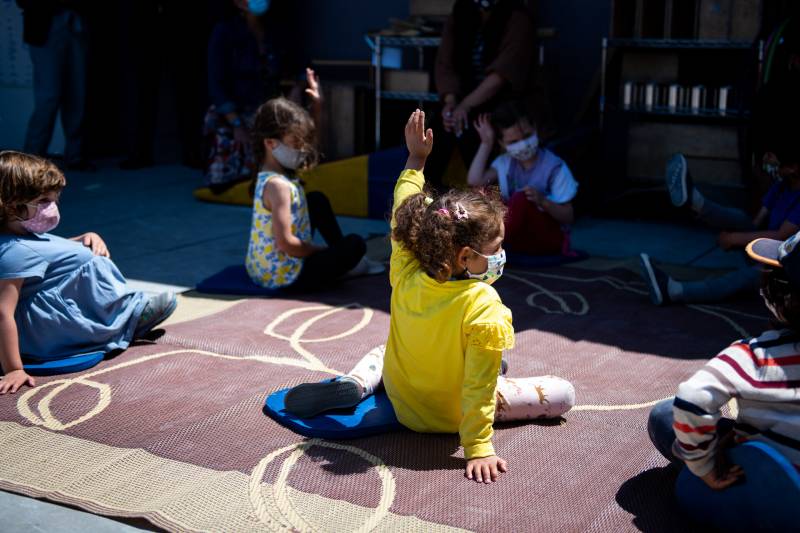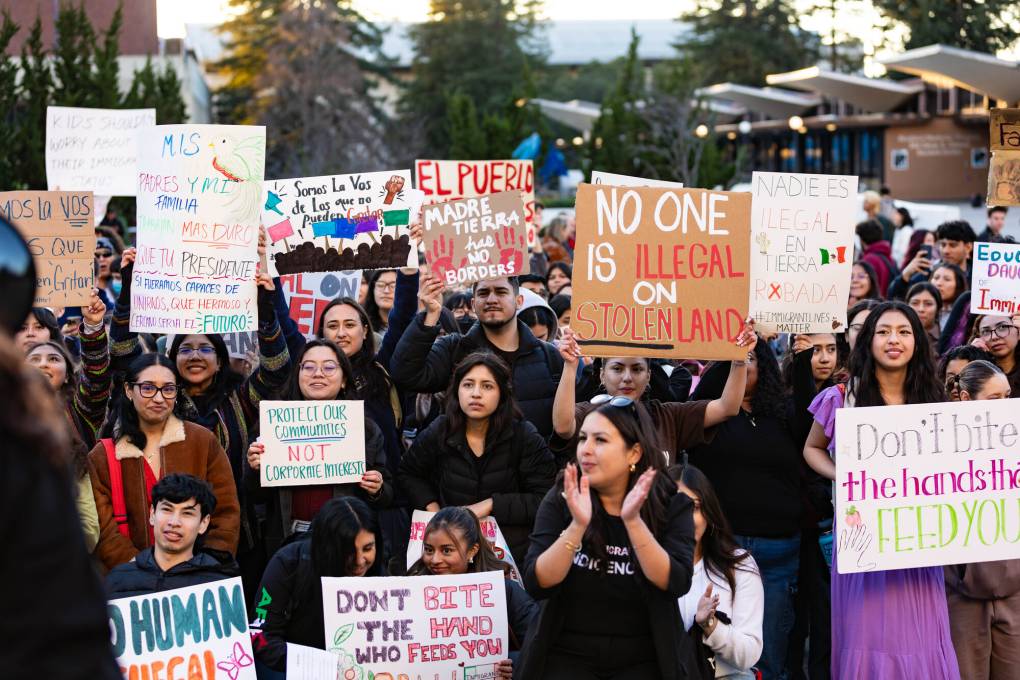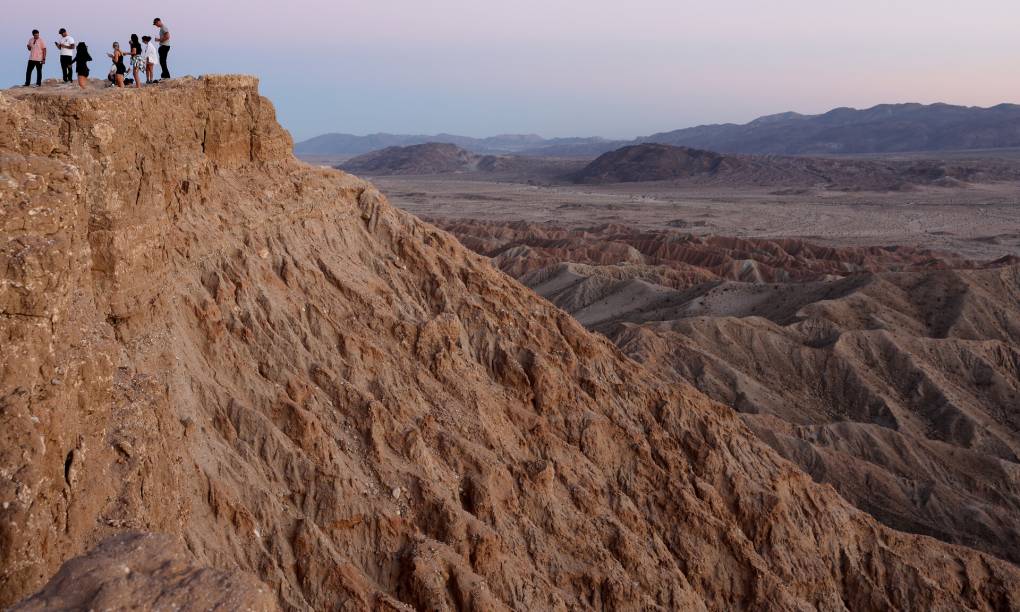Even as the pandemic continues to disrupt the way children learn, California is poised to make a historic investment in its early education system. Championed by Gov. Gavin Newsom and many lawmakers, the new $2.7 billion universal transitional kindergarten program is being hailed by many experts as a game changer for families in California with almost 3 million children under the age of 5.
In keeping with President Joe Biden’s vision of universal preschool, this expansion of the current TK program will create more equity in early education, many experts say. Increasing access to preschool may be one of the keys to closing the achievement gap, they say, since about 90% of brain growth happens before kindergarten.
However, there are myriad opinions about how universal transitional kindergarten should be rolled out. While the state’s plan is to implement universal TK through the public school system, some advocates argue the program should also be available through preschools and child care centers in a mixed delivery model that would help bolster the struggling child care industry.
1. What is transitional kindergarten, or TK, and is it mandatory?
TK is a stepping-stone between preschool and kindergarten. Both TK and kindergarten are entirely optional. Children are only required to attend school in California once they turn 6. Until that age, it is up to parents to decide whether to enroll their children in preschool, transitional kindergarten, or other child care arrangements or keep them at home.
2. Is TK free? How is it paid for?
Children can attend TK at no cost because it is part of California’s K-12 public school system. Districts receive funding for TK students based on average daily attendance, which is the average number of students in attendance over the course of the school year.
3. Why was TK first introduced in California?
TK came about after the Legislature approved the Kindergarten Readiness Act in 2010. Until then, children who were 4 years old on Sept. 1 could still enroll in regular kindergarten as long as they turned 5 by Dec. 2 of that year. But the new law changed that. Beginning in 2012, children had to be 5 by Sept. 1 to enroll in kindergarten.



